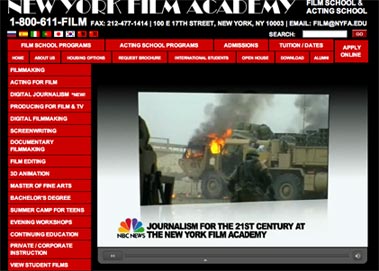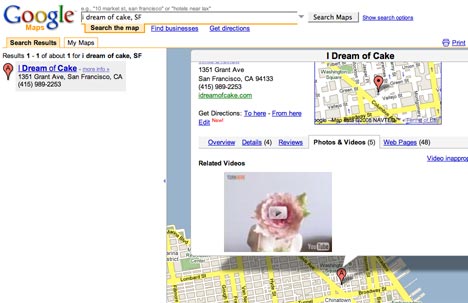We give developers the opportunity to tell us journalists why we should sit up and pay attention to the sites and devices they are working on. Today, it’s live video streamed over the web from mobile phones from Qik.
1) Who are you and what’s it all about?
Hi. I’m Bhaskar Roy, co-founder of Qik.
Qik’s vision is to enable anyone with a camera-phone to stream live video from anywhere in the world to the web, TV, mobile phones, and gaming consoles.
2) Why would this be useful to a journalist?
For news – immediacy of information is very important. Qik enables journalists to capture and report news live from wherever they are – without having to wait for the news truck to arrive.
It enables journalists to conduct better interviews by taking questions from anywhere in the world. It provides the ability for viewers on the web to send real-time chat messages to the person streaming the video straight to their phone enabling a high level of interactivity.
As a result journalists are able to conduct richer, better interviews. It also enables journalists to leverage anyone who may be at a particular event to capture the story for them.
3) Is this it, or is there more to come?
We are just getting started!
In our current invitation-only alpha release, users with Nokia smartphones can stream live video from their phones to anywhere on the web and playback their Qik videos from their phones.
We are working on addressing other smartphones and Java-enabled phones. We are also working on providing the ability to stream live from phone to phone.
4) Why are you doing this?
We truly believe that sharing and experiencing moments of your life with your friends, family and/or your world is invaluable.
5) What does it cost to use it?
We are currently in a free, invitation-only alpha stage.
6) How will you make it pay?
We are at a very early stage of bringing this innovation to market and focused on ensuring that we deliver high value to the billions of camera phone users globally.





